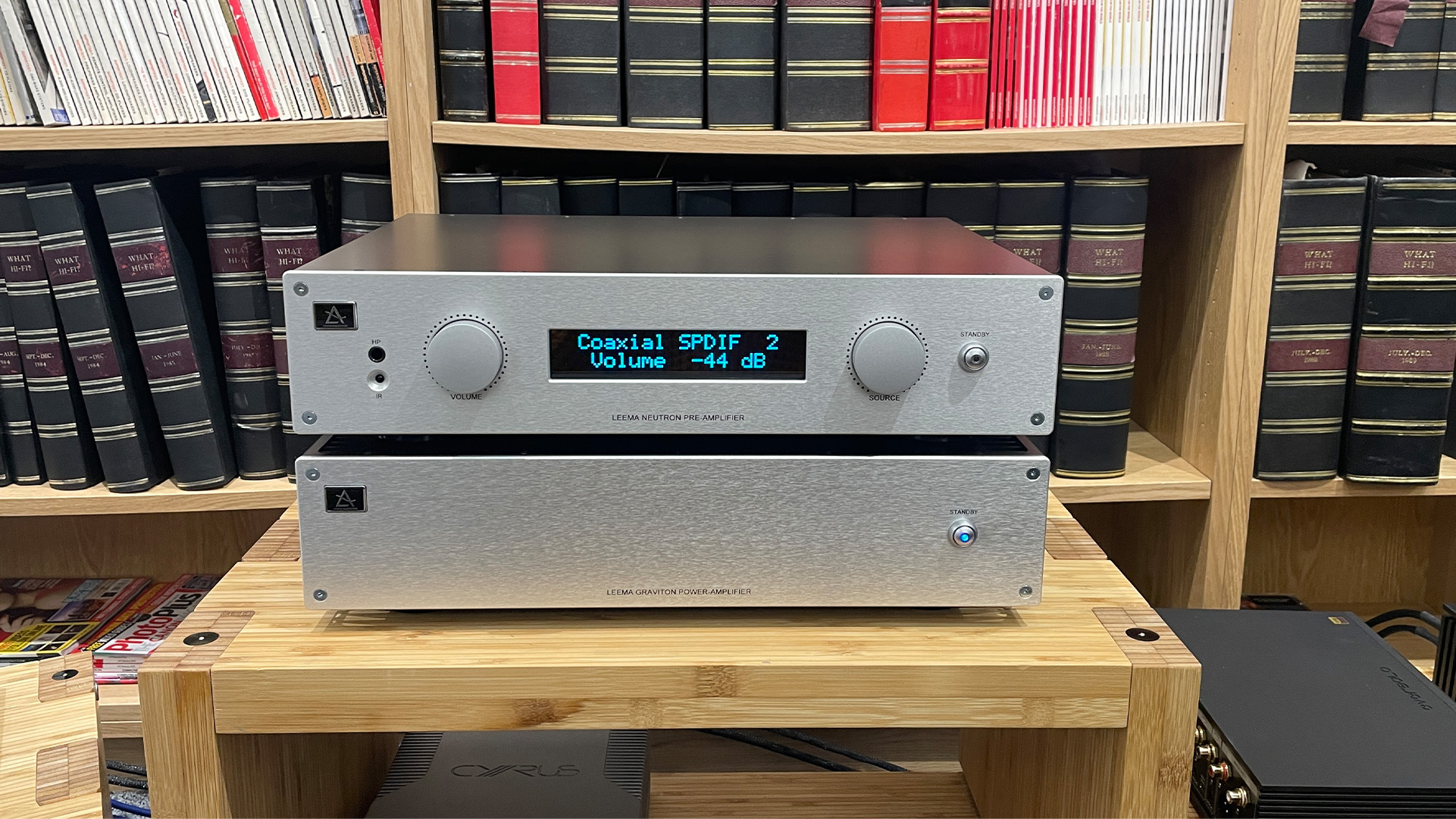
It is fair to say that Leema Acoustics hasn’t been the most prolific of late. Quantum is the brand’s first new range in over a decade, and at the moment consists of the Neutron preamplifier and Graviton power amplifier we have on test here, with a CD player called the Electron and a Positron music streamer to be added soon.
Unusually, given the generally international nature of electronics manufacturing, both these components are designed, engineered and built at Leema’s factory in Wales. We were surprised to find that the company even goes as far as making its circuit boards in-house rather than buying them from specialist OEM suppliers as most rivals do.
The engineering and design of these Quantum products borrow heavily from Leema’s flagship Constellation series. Any cost savings are made by reducing the complexity of the casework and simplifying the circuitry. Commendably, Leema has refused to compromise on component quality, with the Neutron and Graviton using many of the same parts as their upmarket siblings.
Features
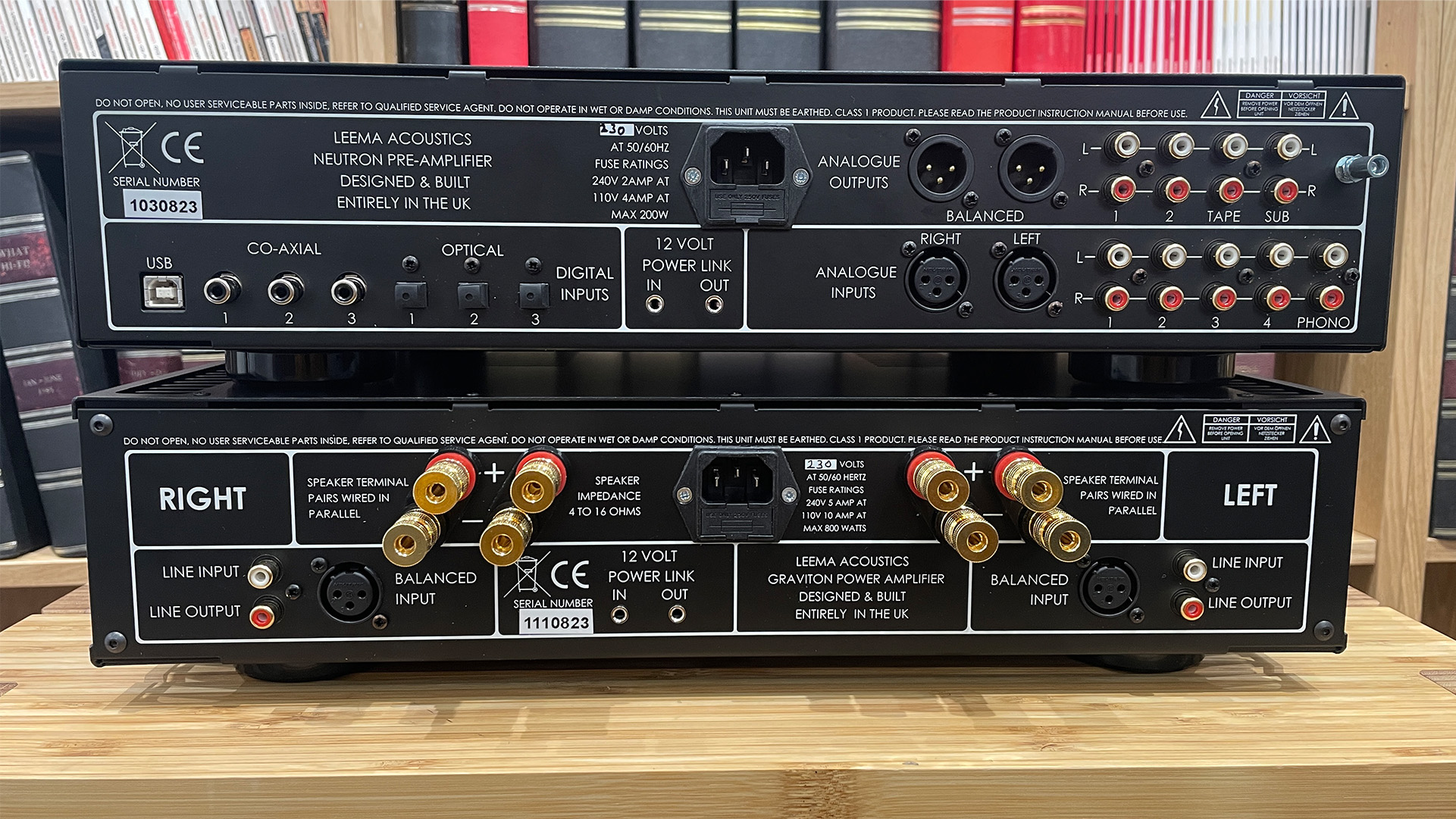
While we’ve quoted the package price, it is possible to buy the preamplifier and power separately for £1500 (around AU$3330) each. You get very well-specified products for that money. The Neutron preamp is packed with useful features from a switchable moving magnet/moving coil phono stage to a DAC section with a 32-bit/384kHz-capable ESS Sabre 9018 chip at the heart of it. DSD256 file compatibility is also on the menu. The phono stage is said to be a clone of Leema’s award-winning Elements Phono, so the signs are good in an area where most manufacturers care more about ticking a box than producing truly great sound.
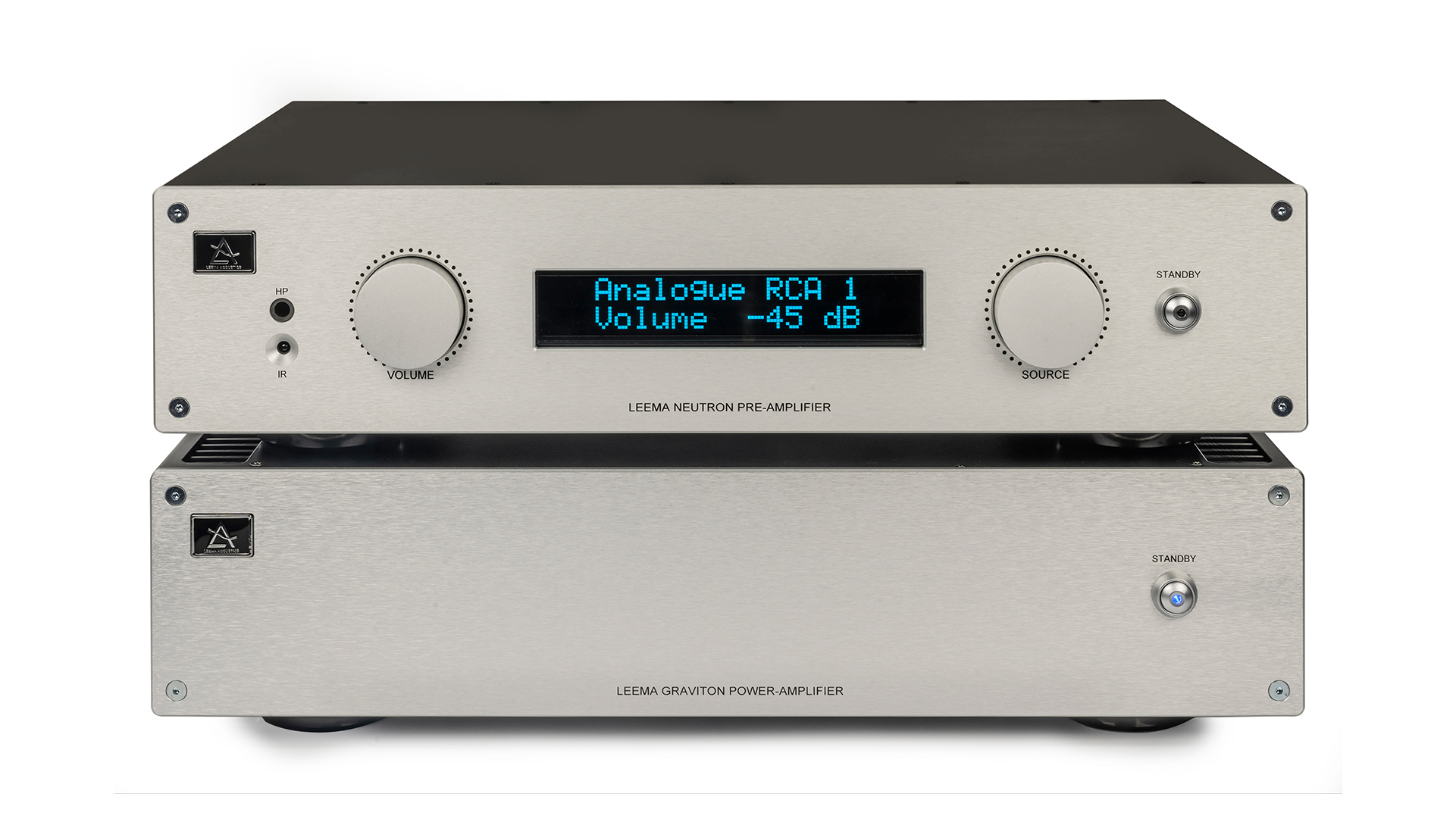
Type Preamp / power amp
Power 150W per channel
Phono stage? Yes (MM/MC)
Inputs Line level x 5 (including balanced XLR x 1), optical x 3, coax x 3, USB (Type B) x 1
Outputs Line level, pre-out RCA x 2, pre-out balanced XLR x 1, sub out
Bluetooth? No
Headphone output? Yes (6.3mm)
Dimensions (hwd) 11 x 44 x 31 cm/11 x 44 x 31cm
Weight 5kg/16kg
There are five line-level analogue inputs (including a balanced XLR) alongside three opticals, three coaxs and a USB (Type B) input. The provision for outputs is equally generous with two single-ended RCA stereo, a balanced XLR plus dedicated Tape and Subwoofer connections. Let’s not forget about the 6.3mm headphone socket on the front panel that’s powered by a dedicated amplifier circuit rather than just a feed from the preamp’s output.
The Graviton is a simpler beast, as power amplifiers usually are. It offers a single pair of stereo RCAs and balanced XLR inputs, as well as single-ended outputs that allow the user to daisy-chain another Graviton and bi-amp their system. This is a useful upgrade path that, in our experience, can work well. Even so, we doubt many will need to double up on power amplifiers, as even a single Graviton is something of a beast.
It is a powerful Class A/B design that is claimed to output a hefty 150 watts per channel into an 8 ohm load and a generous 260 watts per side as impedance halves. This should be more than enough to get high volume levels from any price-compatible speaker. There are two sets of speaker binding posts per channel; these are connected in parallel and included to make bi-wiring speakers a little easier.
Build & compatibility
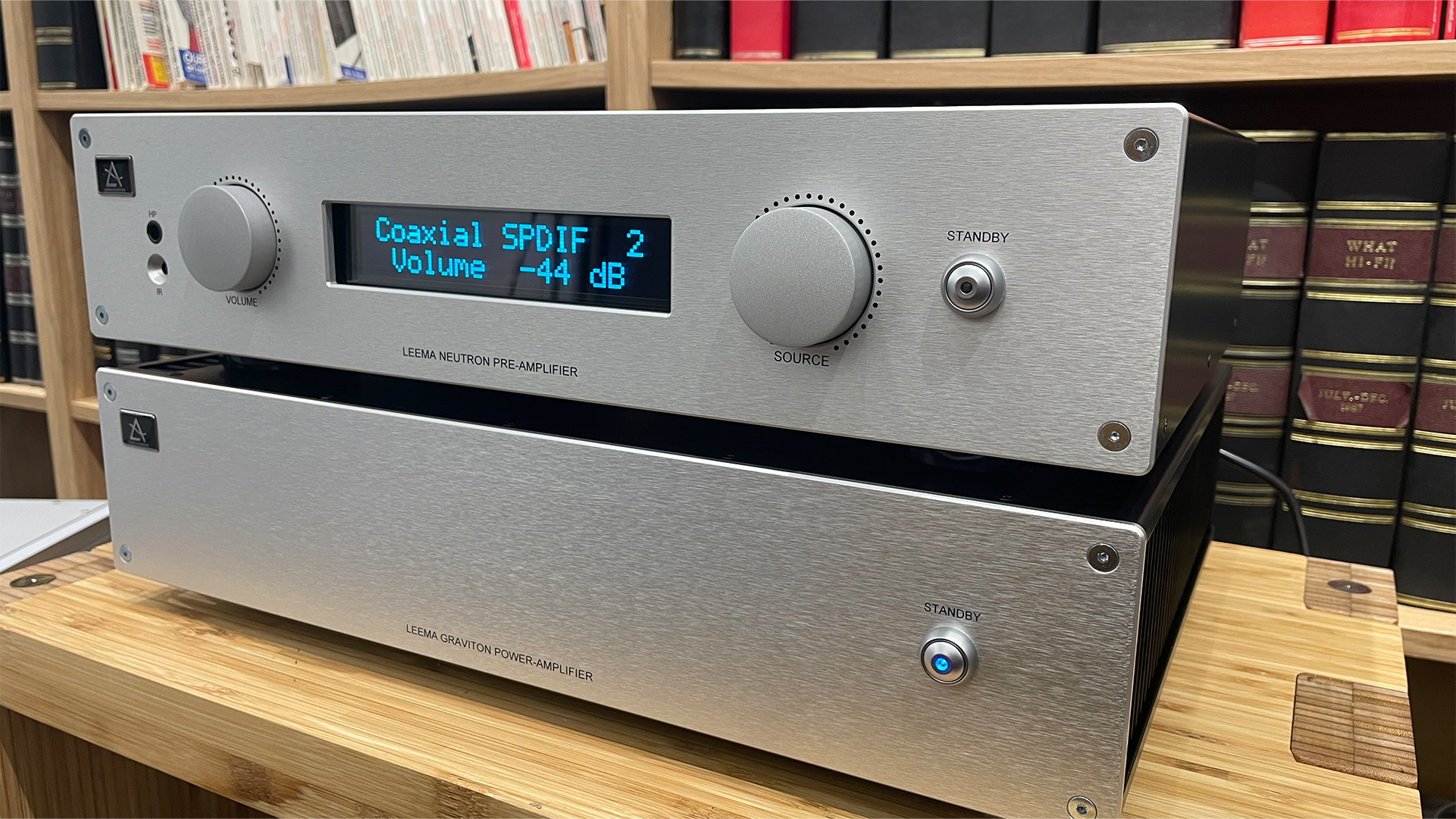
We have no issues with the build quality of either component. Both feel solid and well made even if they are obviously products of a small company rather than a multinational behemoth. These products have a functional aura about them rather than luxurious, and we are fine with that. One thing to note about using either of these units is that their power buttons light up when the products are in standby mode and turn off when they are active.
The plastic remote is a small and simple affair. It covers the basics of volume, mute and input selection and proves satisfactory in use. As with the preamp itself, there is nothing flashy here.
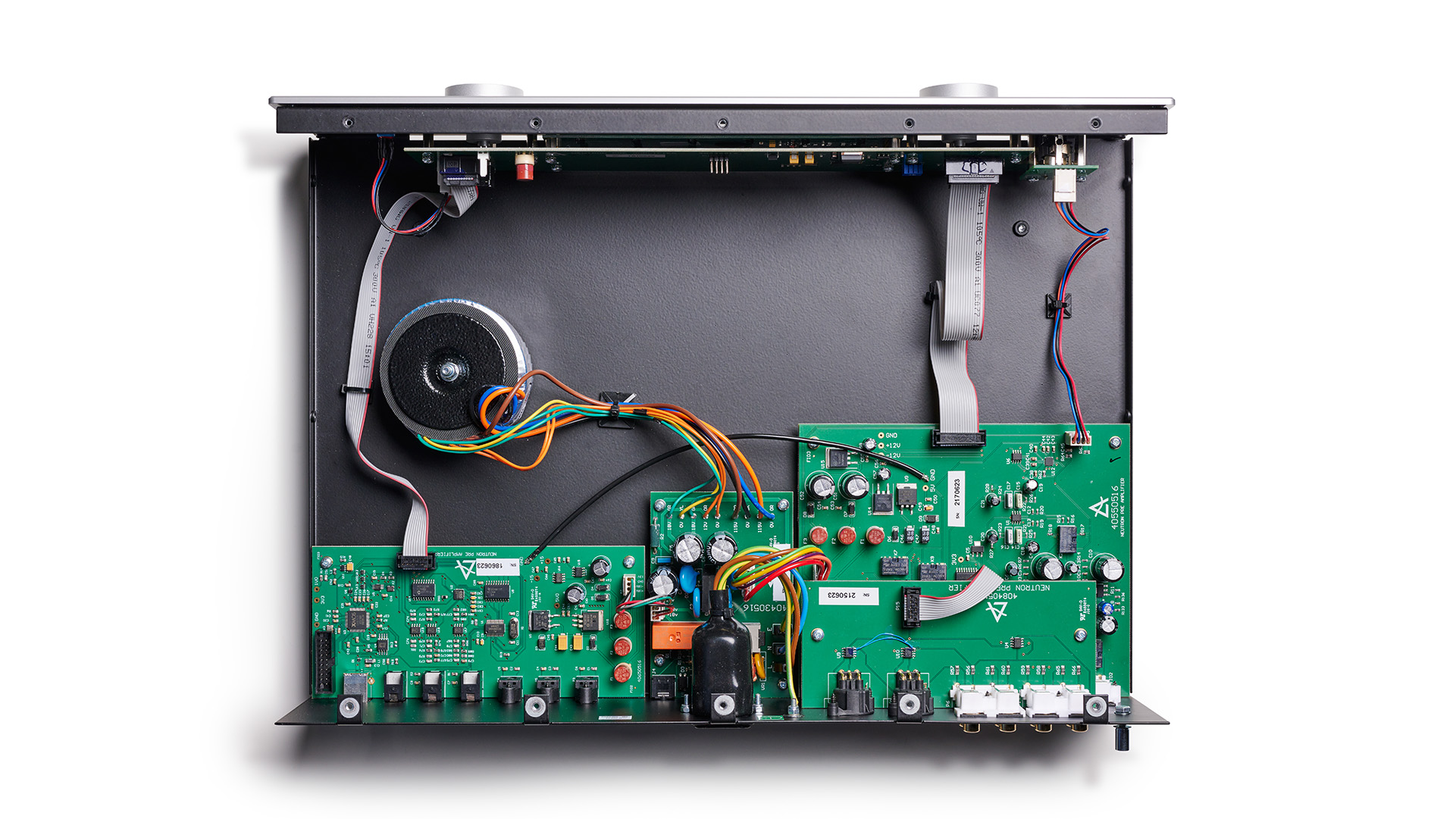
Amplifiers at this level need to be partnered with good sources and speakers if they are to shine. We use our usual Naim ND555/555 PS DR music streamer, Technics SL-1000R/Vertere Sabre MM record player and ATC SCM50 speakers for the bulk of the testing, and use Ortofon’s Quintet Blue and Kiseki Purpleheart moving coil cartridges to stretch the phono stage. PMC’s Prodigy 5 floorstanders are also pressed into service to see how the Leema pairing copes with different characters of speakers and Chord’s 2go/2yu streamer is on hand to feed the Neutron’s range of digital inputs. Our MacBook Pro laptop (loaded with plenty of high-resolution files and Audirvana music-playing software) is used as a second USB source.
We haven’t come across many similarly priced pre/power combinations in recent years, so our comparisons are restricted to the Award-winning integrated duo of the Naim Nait XS 3 (£3499/$3999/AU$5250) and Rega’s excellent Aethos (£3300/$5395/AU$6995). Both are hugely capable one-box solutions, but neither offers the flexibility or range of features of this Leema pairing.
Sound
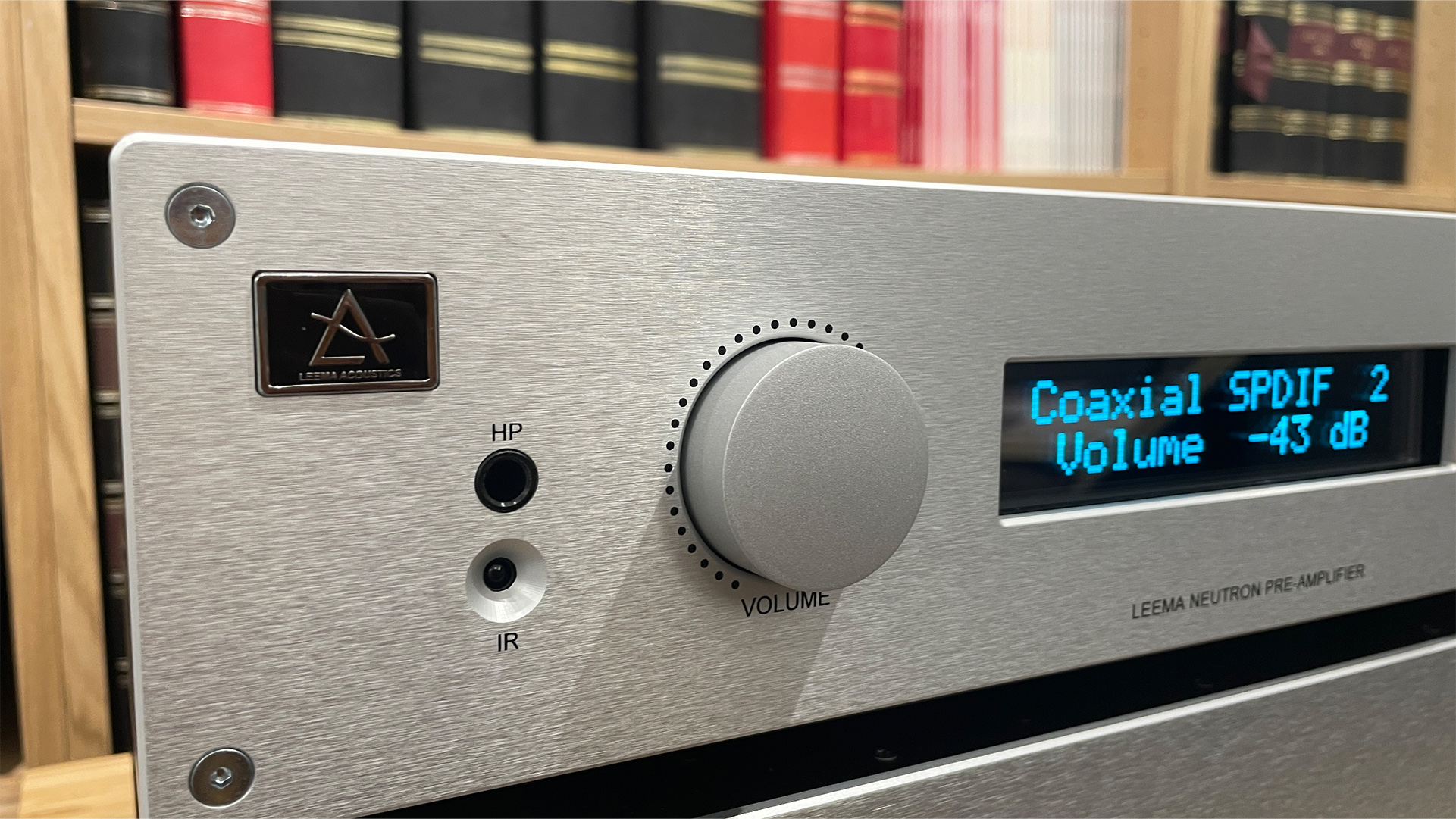
Given a few days to settle, the Neutron/Graviton pairing delivers some fine results. We start with the line-level inputs and are impressed by the scale and authority of the amplifier’s presentation. The Leemas sound big and brawny, capable of thumping out rumbling bass with gusto. Listen to Hans Zimmer’s Interstellar OST and it is hard not to be impressed by the power and composure of the amplification. There is plenty of detail too, and it is rendered with subtlety rather than artificially highlighted with hardness and sharp edges.
In our experience, Leema’s products tend to aim for neutrality and balance when it comes to tonality, and that’s the story here. The Neutron/Graviton combo sounds even and refuses to spotlight any specific part of the frequency range. This amplifier combo is decently refined but has enough transparency to show any flaws in the recording or source, so partner it with care.
Stereo imaging is a strength. This duo delivers a large and expansive soundstage that is crisply focused. They certainly do enough to make the presentations of both the Naim and Rega integrated amps sound relatively small. We love the Leema’s composure when the music gets complex, as it does in the frantic Cornfield Chase, and their ability to keep things organised in such circumstances.
Are they exciting enough though? We start having some doubts when we listen to the track Coward. This is a dramatic piece that begins with a quiet menace underpinned by deep, brooding rumbles of bass that is slowly augmented by a relentless metronomic beat that drives the music forward. That steady beat is soon joined by swelling strings, hard-charging percussion and organ that together communicate the sense of danger and urgency of the scene in the film where this music is used. The Leema pairing manages to convey this to a degree, but switching to either the Naim or Rega shows that the pre/power doesn’t tap into all the excitement and tension present in the recording. While the two-boxer is happy to flex its muscles with hard-hitting crescendos and subterranean lows, it doesn’t quite communicate the momentum as well as its integrated rivals.
We investigate further when we switch from the line-level inputs to the phono stage. This is switchable from moving magnet to moving coil in the Neutron’s set-up menus and gives a good account of itself. There isn’t much in the way of noise and the gain levels are well chosen for our range of cartridges.
The phono input mirrors the line stages when it comes to general character, with particular attention paid to detail resolution and tonal balance. It is insightful enough to stand up to the better outboard phono stages below the roughly £500/$600 mark. As we listen to Bob Marley’s Catch A Fire set we still want a bit more in terms of energy. It seems that the Leemas are more than happy to let the listener analyse a recording but a little less able to capture the emotions communicated in the music. Stir It Up lacks a little of its playfulness while the pain embedded in 400 Years is a touch diluted.
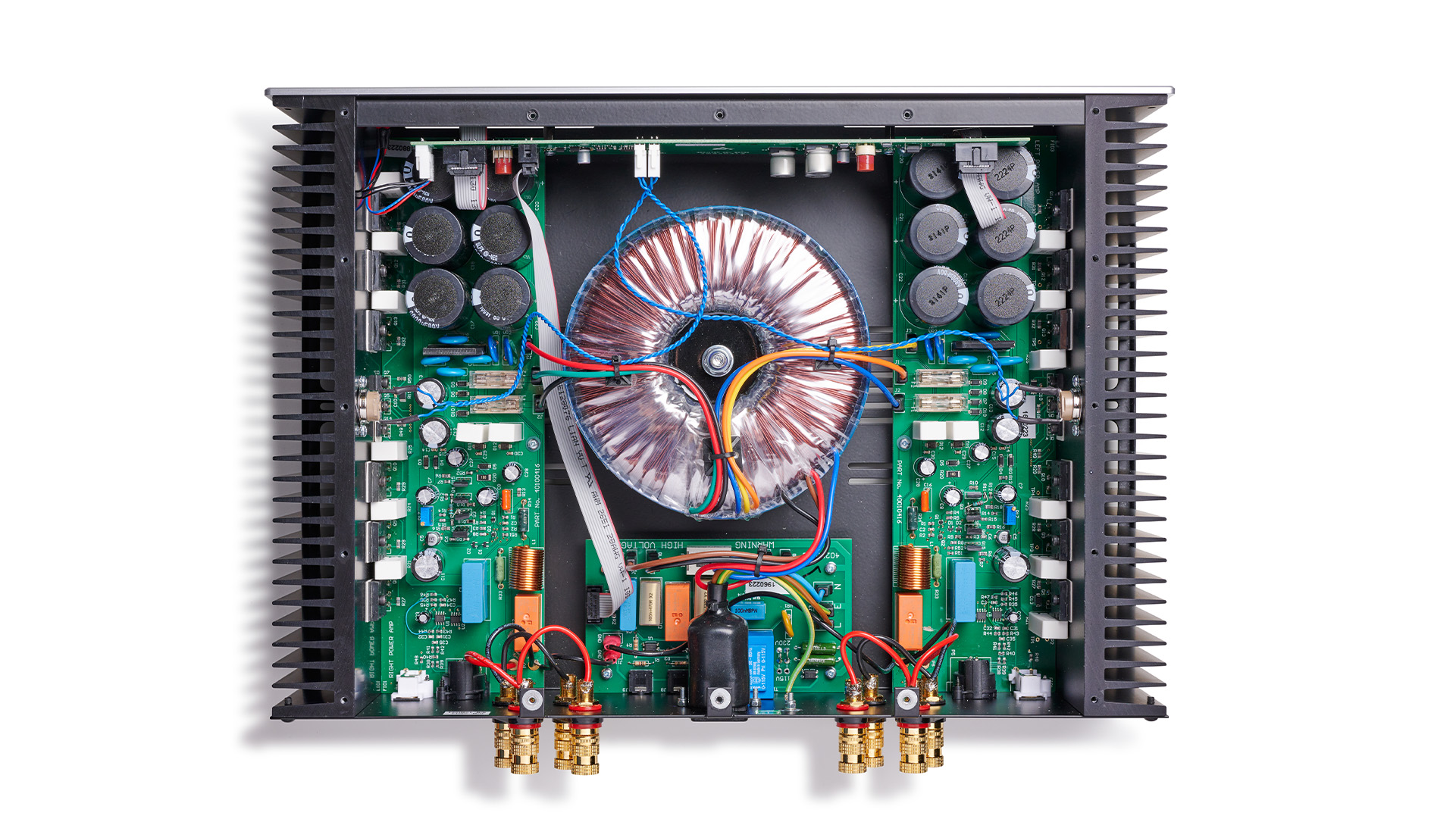
The story remains the same through the digital inputs. Pleasingly, there is real consistency between the USB and the SPDIF (coax and optical) inputs, and that isn’t always the case. The Neutron’s DAC shifts between file types without issue and retains the character of the analogue inputs. We’re equally positive about the way the headphone output mirrors the sonic signature of the preamp’s line output.
Curious about how they perform individually, we split the Neutron/Graviton pairing to see if either partner excels with non-Leema products. Of course, much depends on the partnering equipment chosen, but swapped with our vastly more expensive reference Burmester 088/911Mk III duo, we find that, surprisingly, it is the preamp that comes across as marginally the more transparent and expressive component of the two. The Graviton power amp is always big and powerful but lacks a touch of delicacy in comparison.
Verdict
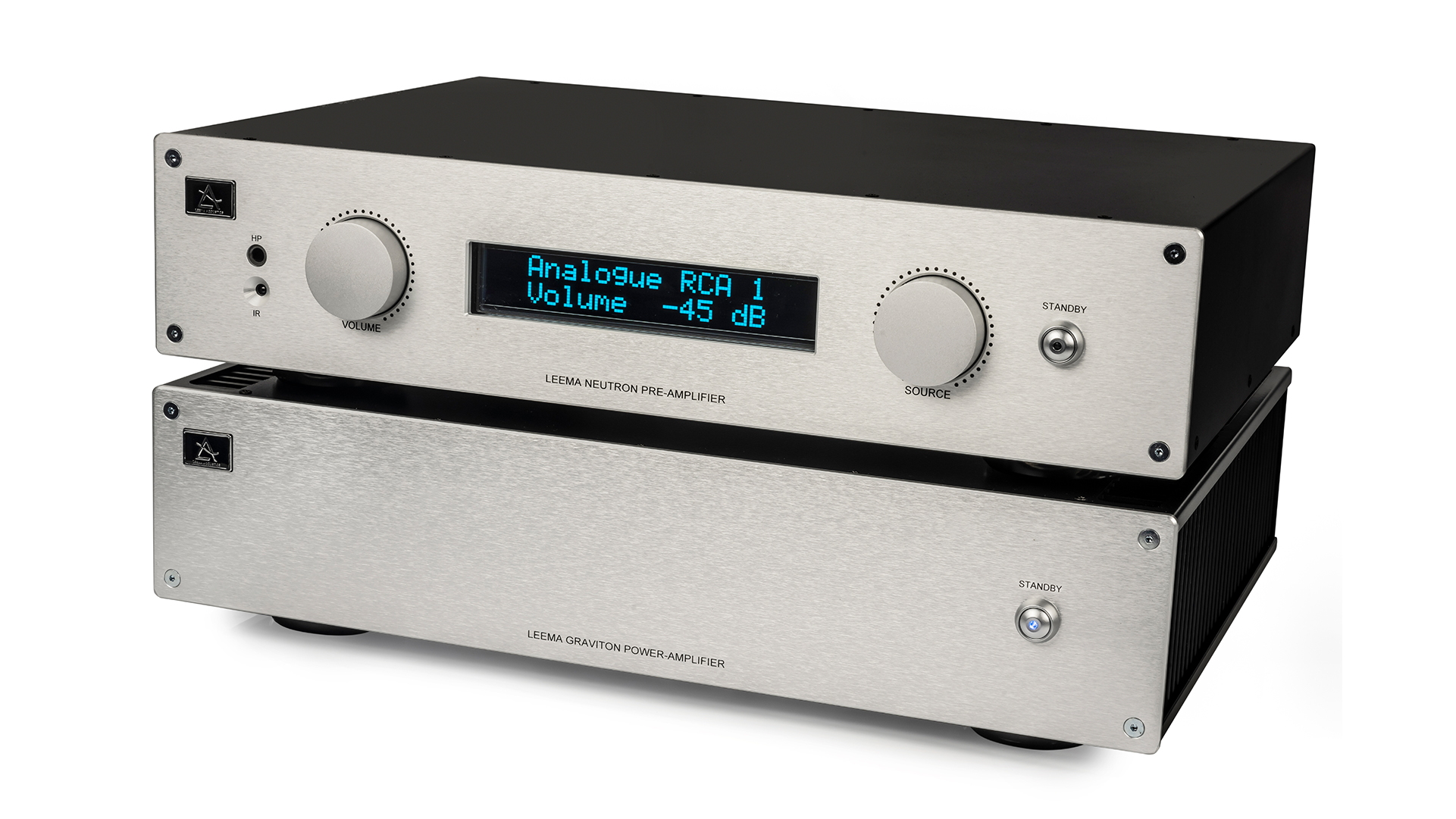
We have to applaud Leema on launching a pre/power combination at a price that most rival companies only manage to field integrated designs. The Neutron/Graviton pairing certainly offers more than such rivals when it comes to flexibility, features and upgrade potential. It has many sonic strengths too, but perhaps suits those that like to analyse the music more than those who simply want to wallow in it.
SCORES
- Sound 4
- Build 4
- Features 5
MORE:
Read our review of the Naim Nait XS3
Also consider the Rega Aethos
These are the best stereo amplifiers







